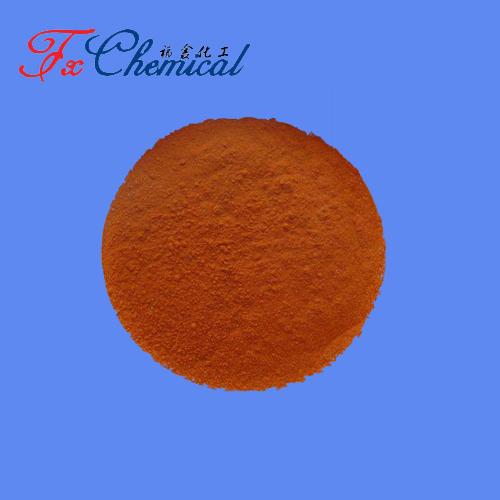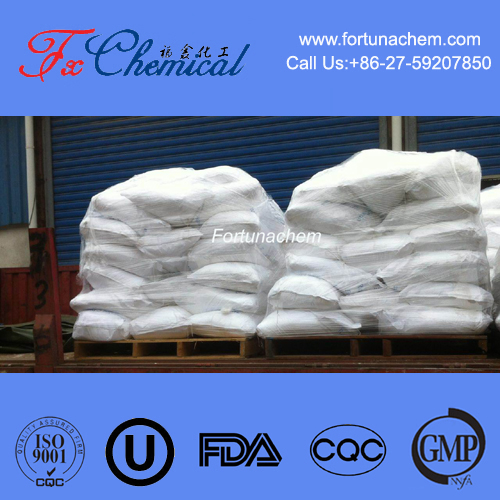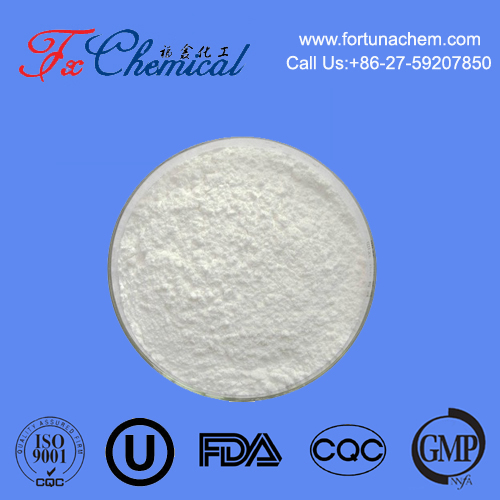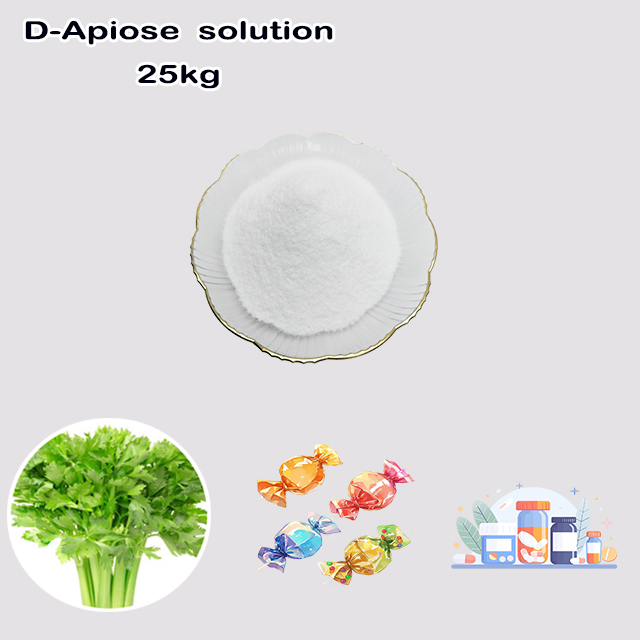
Search

Search



5-(4-Dimethylaminobenzylidene)rhodanine is a chemical compound that consists of a rhodanine (a sulfur-containing heterocyclic compound) structure, with a 4-dimethylaminobenzylidene group attached at the 5-position of the rhodanine ring.
Rhodanine: It is a five-membered ring containing sulfur, nitrogen, and carbon atoms. Rhodanine is often used in organic chemistry and is known for its biological activities.
4-Dimethylaminobenzylidene group: This is a benzylidene (–CH=) group attached to a 4-dimethylamino phenyl ring. The dimethylamino group (–N(CH₃)₂) is an electron-donating group, which can influence the electronic properties of the molecule.
5-(4-Dimethylaminobenzylidene)rhodanine, like other rhodanine derivatives, has several potential applications due to its chemical properties. While the specific compound might not be as widely studied or used as some other rhodanine derivatives, similar compounds in this family tend to have applications in several areas, including:
Antimicrobial and Antibacterial Activities: Rhodanine derivatives have shown potential as antimicrobial agents, especially for combating bacterial and fungal infections. The sulfur and nitrogen atoms in the rhodanine ring can interact with microbial enzymes or cell structures, inhibiting their growth.
Antitumor Activity: Some rhodanine-based compounds exhibit anticancer properties. The conjugated system of the aromatic rings in compounds like 5-(4-Dimethylaminobenzylidene)rhodanine can enhance interactions with cancer cell pathways, potentially leading to anticancer activity.
Enzyme Inhibition: Rhodanine derivatives are known to act as enzyme inhibitors, which might be useful in targeting specific enzymes related to diseases such as cancer or neurodegenerative disorders.
Antioxidant Activity: Rhodanine and its derivatives can exhibit antioxidant properties, which help neutralize harmful free radicals in the body. This could potentially make them useful in protecting against oxidative stress-related diseases.
Organic Dyes: Due to the conjugated nature of the aromatic and heterocyclic structure in rhodanine derivatives, they may have vibrant colors, making them useful as organic dyes or pigments in various industries such as textiles, inks, and coatings.
Fluorescent Probes: The structure of the compound may also allow for fluorescence, making it useful in biological imaging or as a fluorescent probe for detecting specific substances in research or clinical diagnostics.
Conductive Polymers: Rhodanine derivatives have been explored in materials science for the development of conductive polymers or organic semiconductors, which could have applications in organic electronics, sensors, or photovoltaic devices.
Metal Complex Formation: The sulfur and nitrogen atoms in the rhodanine ring can coordinate with metal ions, forming complexes. These complexes might be used in catalysis or in materials science for creating metal-organic frameworks (MOFs) or other coordination compounds with specialized properties.
Organic Solar Cells: The conjugated system in compounds like 5-(4-dimethylaminobenzylidene)rhodanine could potentially be utilized in organic photovoltaics (OPVs) or organic light-emitting diodes (OLEDs), which are areas of active research in the development of more efficient and cost-effective energy-harvesting and display technologies.
Detection of Heavy Metals: Certain rhodanine derivatives can form chelates with metal ions, making them useful as sensors for detecting metals such as copper, mercury, or lead in environmental or industrial contexts.
Studying Protein Interactions: Given their ability to interact with biological macromolecules, rhodanine derivatives like 5-(4-dimethylaminobenzylidene)rhodanine could be explored in chemical biology for probing protein-protein interactions or inhibiting specific protein targets.
In essence, 5-(4-dimethylaminobenzylidene)rhodanine could be useful in diverse fields, from pharmaceutical development (as potential antibacterial, anticancer, or enzyme-inhibiting agents) to material science and organic electronics. Its exact application depends on its specific properties, which are still likely under investigation in academic or industrial research.

Fortunachem Provides Not Only Professional Chemical Products But Also Professional Help
Keeping you up-to-date with all the latest information, news, and events about Fortunachem!

Quick Links
Add:
E-mail:
 English
English  Español
Español  français
français  العربية
العربية 






